Her studio is right next to a ranch for native horses on Yonaguni Island.
While keeping watch over the horses, she works at a table about the size of a tatami mat that she has set up outdoors. Separate the fibers of the Japanese fiber banana, add horse dung and horsehair, and mix with water—she is making traditional Ryukyuan handmade paper. Her background music is a sanshin lute and vocal performance of Yonaguni folk songs, interspersed with the sound of the wind and the neighing of the horses.
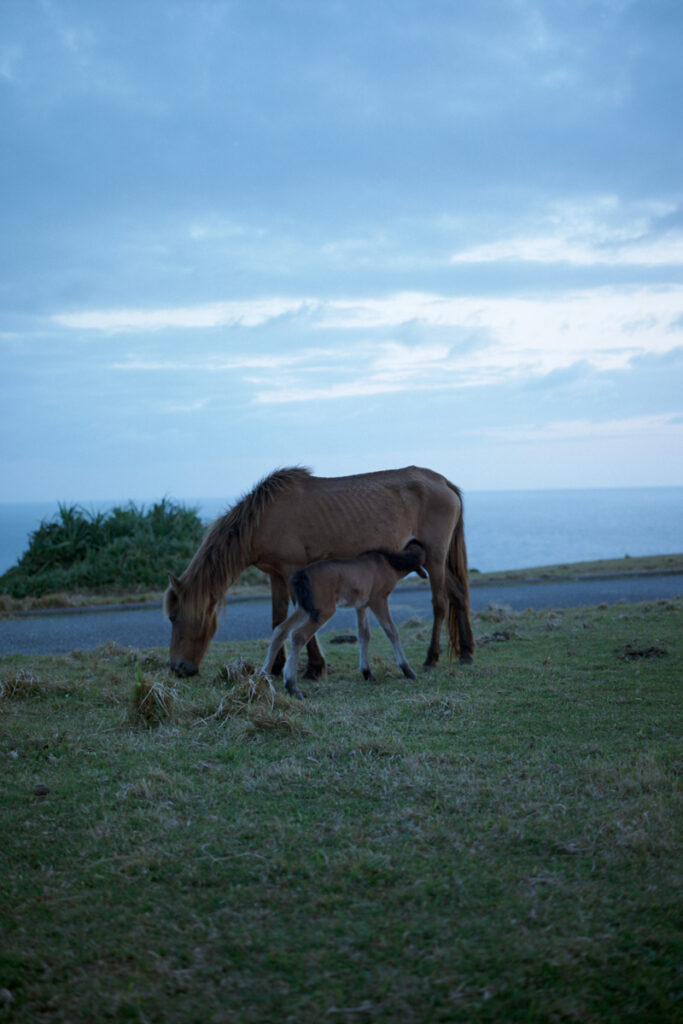
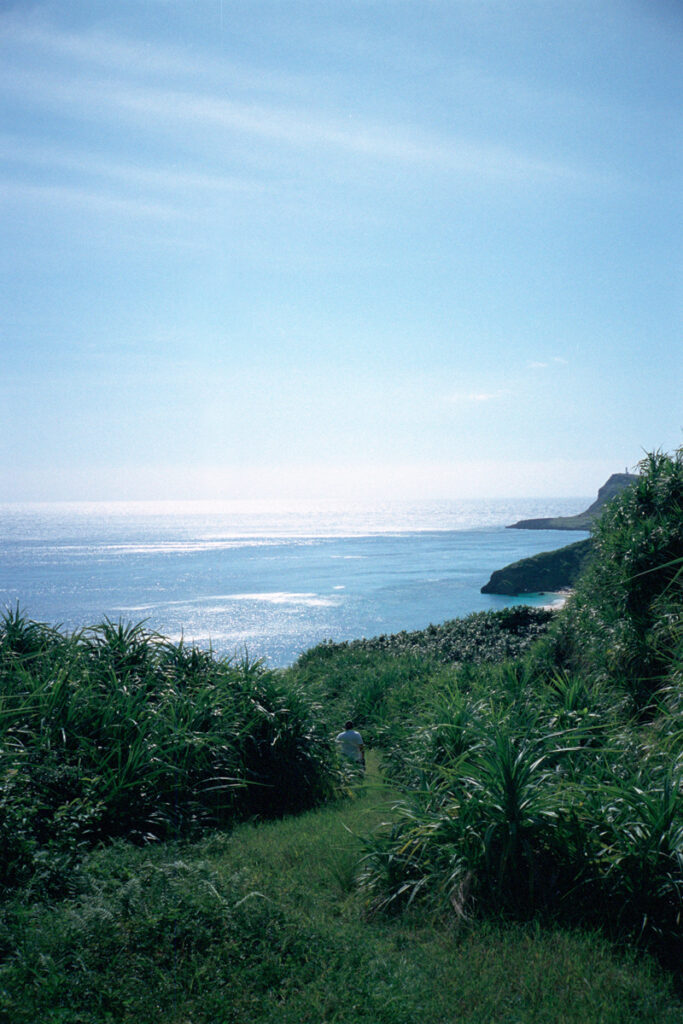
“By now, I feel as if I’m taking pictures just so I have something to put on the paper.”
Moeco Yamazaki is a photographer. She started making her own paper for printing her work but says the means and the end have all but switched places. Initially, she wanted to defy the idea that photographs must be cropped to angular standard sizes.
“Printing on handmade paper means a lot of visual detail is lost, resulting, for better or worse, in an artistic expression similar to a painting. That ambiguity feels just right for me now.”
With handmade paper, the four corners are softened and rounded off. The fibers create a fluffy, uneven surface that keeps the dye from setting completely. And the desired image can be printed in full. Voilà—redemption from the curse of the angular paper.
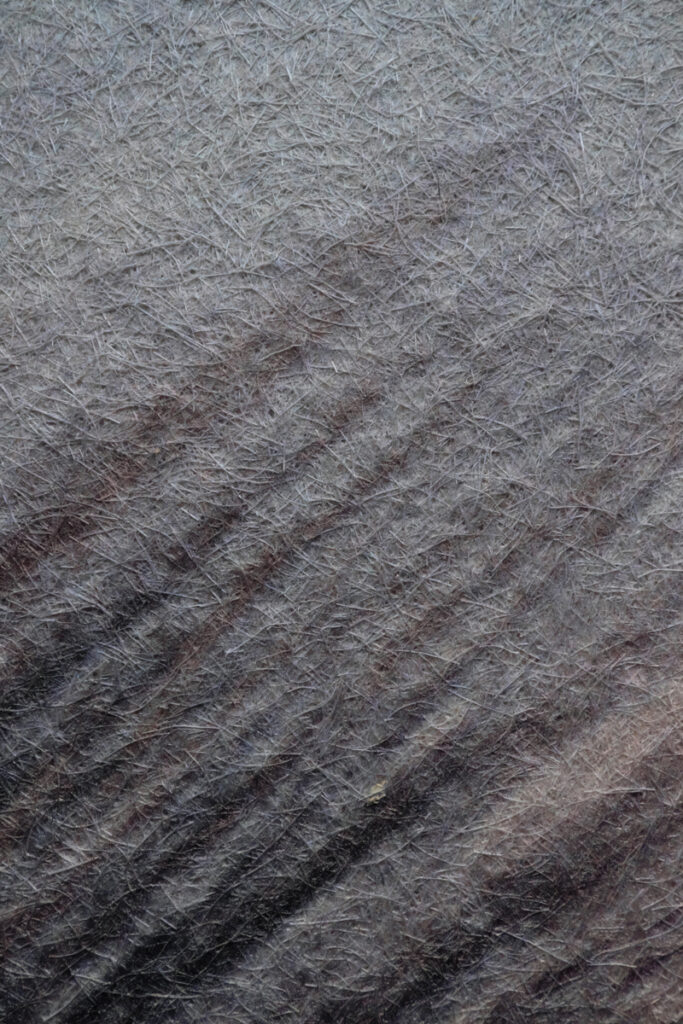
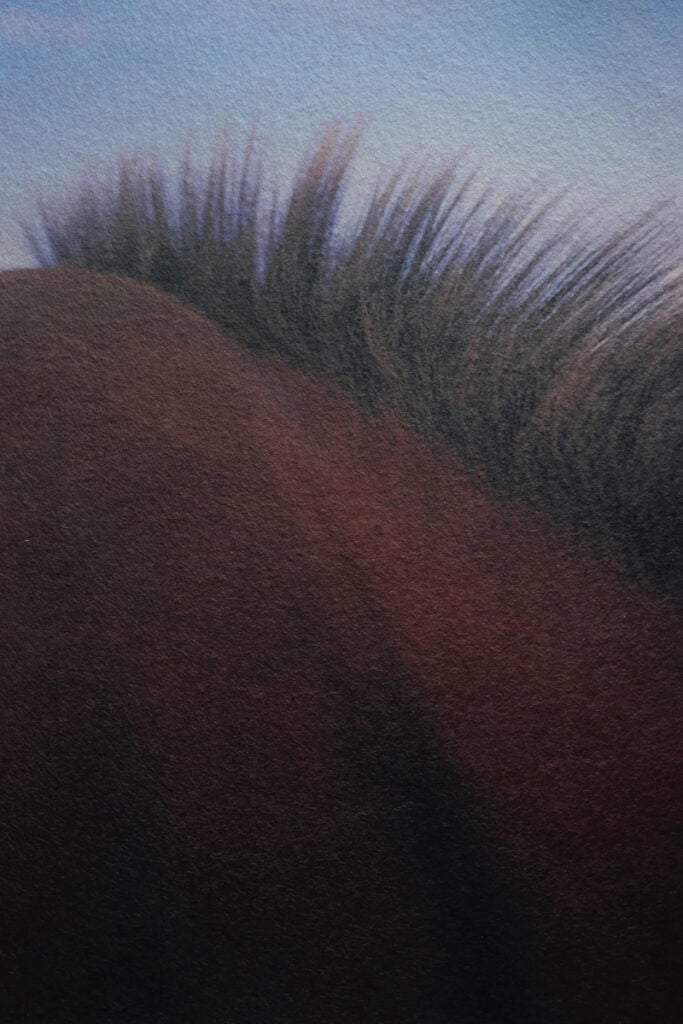
“When I take pictures, I’m not so much shooting the subject but capturing the air, the smell, and the invisible, intangible mood surrounding that subject. That’s the closest I can come to describing what I do.”
Yamazaki takes a breath before going on and discussing photographs and the way we see the world.
“Photography in Japanese is shashin, written with the characters meaning ‘representing the truth.’ And the art of photography was originally meant to do just that. But the world depicted in photographs is not the truth. It’s only an illusion perceived by the viewer. And if that’s the case, then I’m printing on handmade paper to revisit the original purpose of photography, and at the same time, essentially diluting the reality encapsulated in the photographs.”
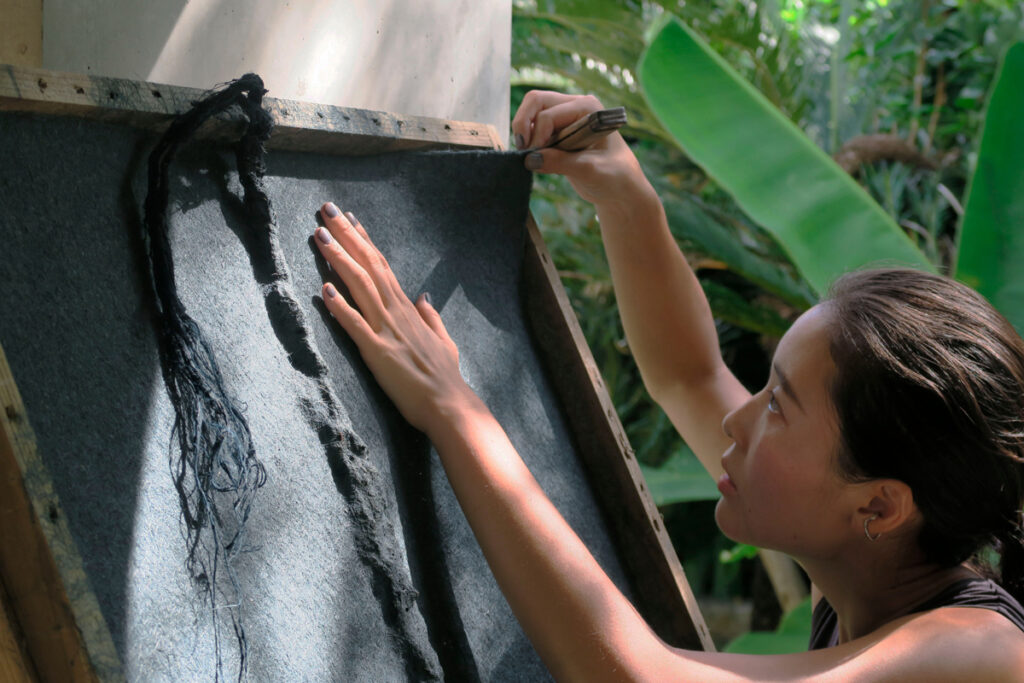
Traditional Japanese washi paper is produced in countless locations throughout Japan. But Yamazaki’s creative base of Yonaguni Island has never had a papermaking culture, and the residents did their writing on the leaves of the Chinese fan palm instead. Then why make her paper here?
“I’m learning from the lifestyle of Yuu Yonaha of Yonaha Mingu folkcrafts, hoping to take in something of his outlook on the world. He lives with his wife, Keiko, and their three children in a village in Yonaguni Island, rearing eight Yonaguni horses, making folkcrafts like straw sandals, handheld fans, and woven buckets called uburu from the island’s native fan palm, and playing the sanshin lute and singing songs in the island dialect. From the experience of their daily life, I take spiritual lessons, which show up in various ways in everything I do.”
When going about her daily routine of cutting the grass, for instance, Yamazaki pays attention to the direction and flow of the cuttings that she gathers, as if she were working with the fibers of the Japanese fiber banana in a papermaking screen. When cooking, she handles the ingredients as if she were making paper, paying attention to the three elements of the circular cycle of Mitin—an Okinawan word of prayer.
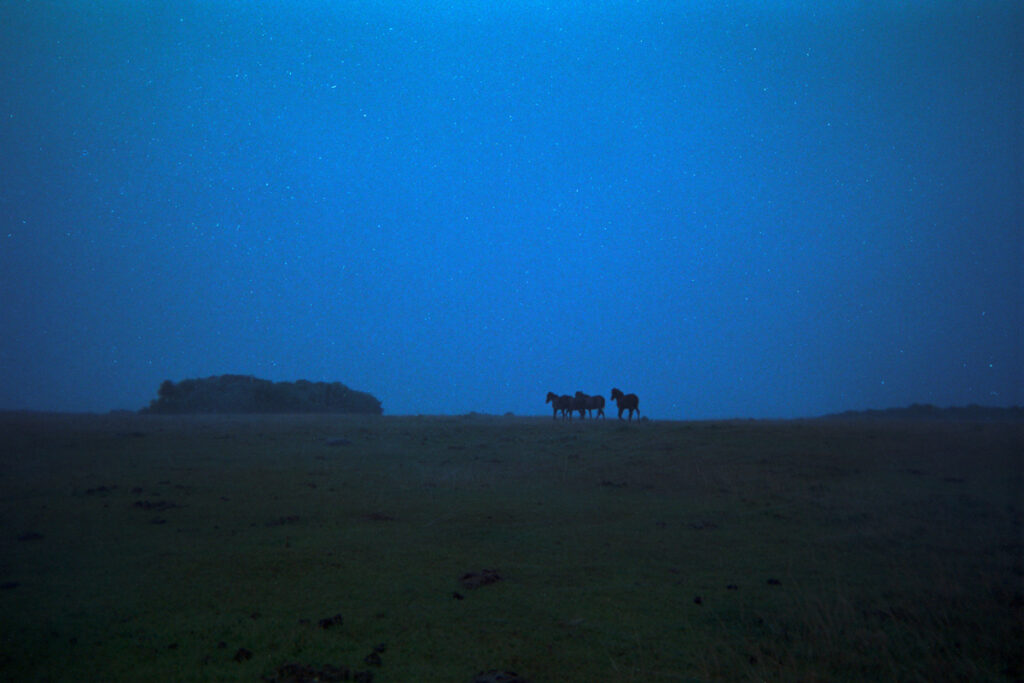
Some of Yonaha’s teachings are specific and can be applied to various tasks. Others are abstract and intended for cultivating one’s sensibilities.
One autumn night, when they were celebrating the Jugoya full moon at the tip of the cape home to wild Yonaguni horses, Yonaha suggested that Yamazaki dance barefoot to the sound of his sanshin lute drifting in the wind. The feel of the moist soil, the dewy grass, and the horse droppings on the souls of her feet sent a crystalline sensation through her body, a sensation she had never felt in the daytime. After a while, there came a moment when the sounds around her became vivid—her previously blocked sense of hearing had opened up, first to the nearby sounds of the sanshin, the waves, and the wind blowing in the field, and then beyond them to the clip-clop of horse hoofs ringing in the distance.
“Then, he said ‘Open your eyes,’ and when I did, I found that I could see things more clearly, things that were far away and very small that I hadn’t see before. And over time, I could feel the changes in my other bodily sensations too.”
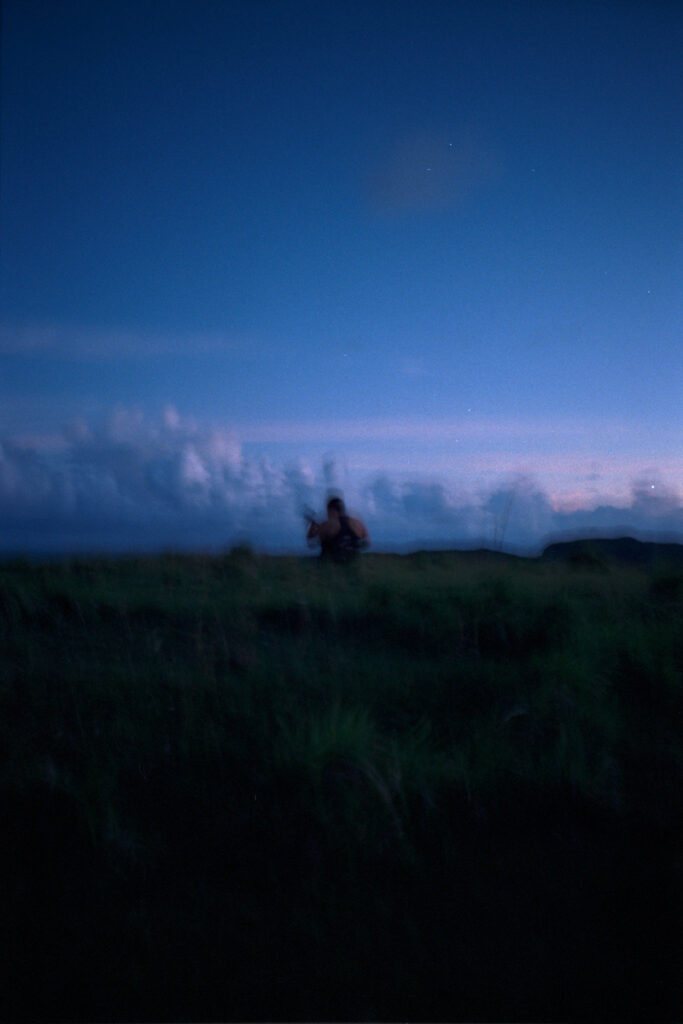
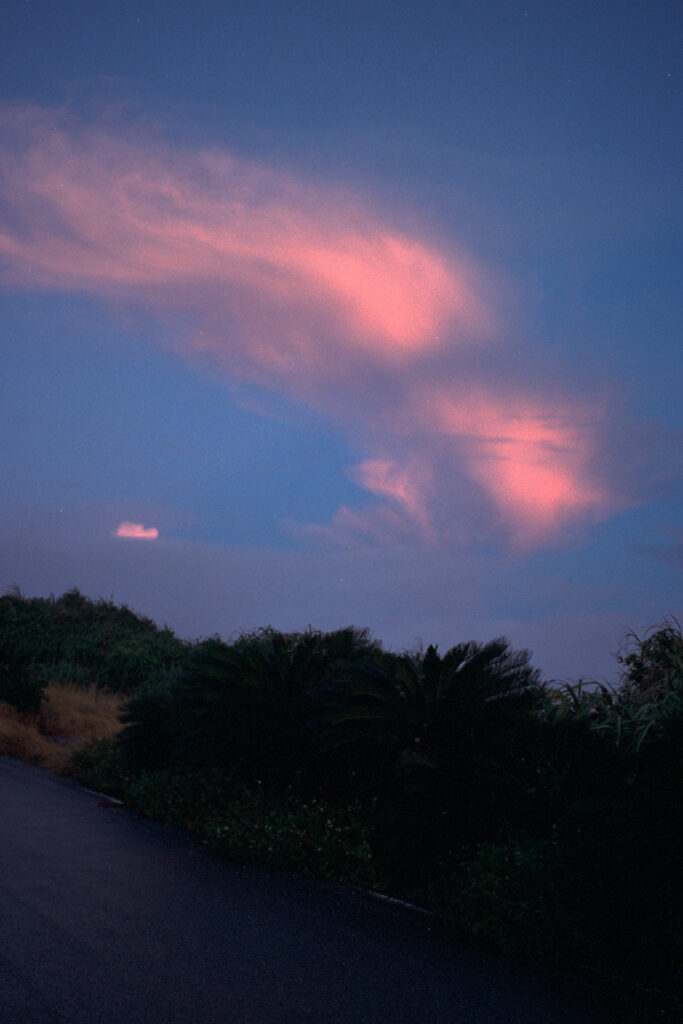
It was Yonaha who encouraged Yamazaki to break free from angular photographs in the first place. Yamazaki looks back on their encounter and the precious connection they made.
“My roots are in Yonaguni Island.”
The words just seemed to pour out. I ask if I heard her correctly, and she smiles: “I said roots, didn’t I.”
Yamazaki was born and raised in Tokyo. In just a few days, she will be returning to her other home in the capital. Right now, she is at a Yonaguni beach, relying on the moonlight to carry sheets of handmade paper dyed with ink from golden cuttlefish caught by the island’s residents. The glimmering black emulates the waters of Yonaguni at night.
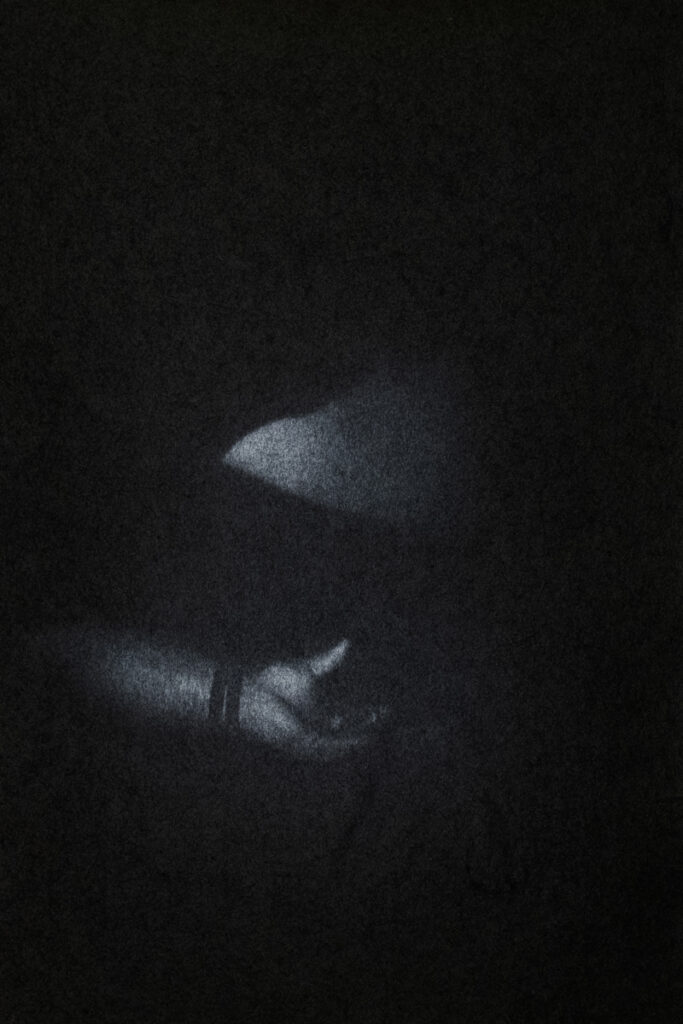

“What a perfect match, don’t you think? Elements from the same location necessarily pair well with each other and form a logical harmony.”
The paper dyed with cuttlefish ink will be printed with photographs Yamazaki shot at the sea at night. At first glance, it might be hard to make out the images on the surface of the handmade paper.
And that’s just as well. That ambiguity is the world of Moeco Yamazaki. By now, she carries the title of photographer for title’s sake only. Truth is in the eye of the beholder—each of us is already equipped to recognize and interpret the world as it is.
Yamazaki offers us a means of connecting our lifestyles with the world.
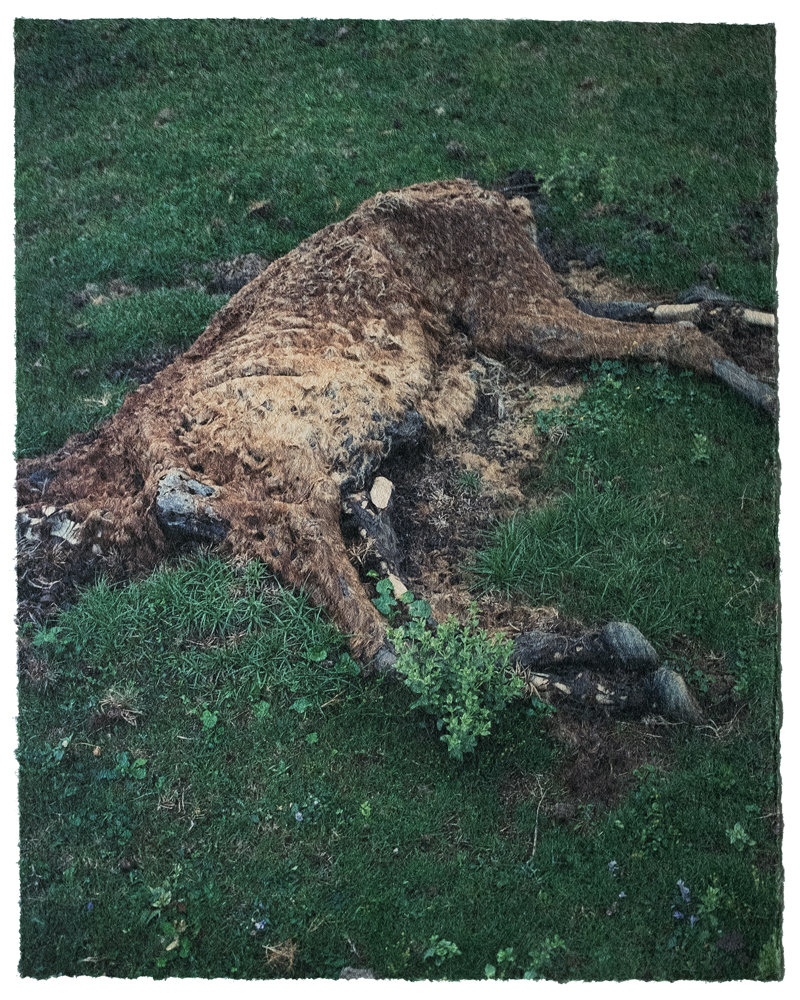
Moeco Yamazaki exhibition
【三天 – Mitin –】
6/24/2023〜7/9/2023
HIRO OKAMOTO Art Gallery Tokyo
https://www.hirookamoto.jp/events/mitin
Moeco Yamazaki
Based in Yonaguni Island and Tokyo, Moeco Yamazaki explores the relationship between photography and paper through the creation of two- and three-dimensional artworks and installations employing traditional Ryukyuan handmade paper techniques. Major exhibitions include “Sinking” (MIDORI.so Gallery, 2019), “Portrait of Gods” (Zeit-Foto Kunitachi, 2021), and “Musuu” (Pali Gallery, 2022).











